Folklore vs. Fact: The Dogtown Witches
June 14, 2019
The ‘Witches of Dogtown’, a common folklore in Gloucester, is often presented by many travel and entertainment websites as a mysterious part of history in a creepy ghost town.
What is it about Dogtown, specifically the story of witches, that many cannot decipher appearance from reality, or truth from fiction? And possibly more important, what tensions and misconceptions are these tales leaving on the city of Gloucester itself?
“Dogtown is a bonafide Massachusetts ghost town with a mysterious and fascinating past. Suspicious vagrants, wild dogs, witches, werewolves, old curses, and creepy dolls are all part of the legends that swirl around this eerie locale,” according to the website Only in Your State.
These “witches” first emerged in Dogtown in the late 1700’s. These women were, as history begins to show, single, independent and impoverished women who were forced to squat into these abandoned homes to survive.
Of these witches, the two most infamous convicted were Thomazine “Tammy” Younger and Judith Rhines. These women were known for their peculiar lifestyles, and were soon labeled and rejected by the town of Gloucester. However, these women were said to embrace these labels for economic gain, as they used this fear to exploit and beg for money and food.
Younger, likely the most well-known name and feared women in town at that time, told fortunes, made rum, and entertained supposed pirates and criminals. She often “cursed” cattle and wood wagons, and fishermen at the wharfs in exchange for a fee, or food.
Rhines, however known to be less intimidating, also led a questionable– sometimes “witchy” lifestyle. Though she did have many friends, she bore this label due to her association with Cornelius “Black Neil” Finson. Rhines had shared a home with Finson, and many writers have even rumored there to be a romantic connection, which was extremely out of the ordinary for the time period.
Roger W. Babson, Gloucestonian entrepreneur and founder of Babson College, described Younger, and other witches, as sharp, business-minded women, and insinuates that they could have found great success if alive in another time.
“Tammy had great courage and apparently remarkable executive ability. In fact, a study of the witch problem indicates that these so-called witches were merely people of marked individuality, determination, with ability to get others to do what they wished them to do. Today these same people would be leaders in political gatherings, labor movements, and various reforms. They might even become captains of industry. A common opportunity, existing in those days to show such ability in a little village, consisted in witchery, so-called,” wrote Babson.
Dogtown, now clinging to its paranormal reputation, similar to the way these witches clung to theirs, was once the hub of these Gloucester families.
Due to the threat of pirates on the coast and Native American attack, these families were forced to take refuge inland in what is now Dogtown. However, after the Revolutionary War and War of 1812, these threats diminished and the families were no longer able to support themselves on the rocky, inadequate land for farming away from the waterfront. These family homes were abandoned, and the town square, known and marked today as Dogtown Square, were moved.
Local Gloucester historian, Mary Ellen Lepionka, gave her own insight when I interviewed her about this topic.
The poor, undesired, and rugged eventually moved into these houses. What then ensued, was what Lepionka described as social, cultural, and geographical isolation.
This social and cultural isolation began as these widows, impoverished, black, and crossdressing people inhabited these homes and created a counterculture in Gloucester. Babson described the connotations that existed with residing in Dogtown.
“I well remember hearing my grandfather tell of what an insult it was to call a boy a ‘Dogtowner’,” he wrote.
The geographical isolation began with the restructuring of the town to accommodate Gloucester’s fishing industry, as described in the Final Report of the Public Archaeology about Dogtown, written in part by Lepionka.
“Dogtown’s isolation was compounded by the restructuring of the transportation network on Cape Ann. As fishing became ascendant after the Revolutionary War, the antiquated road system in Dogtown was superseded by an expanding network of external roads designed to link the thriving coastal settlements. Dogtown, Commons, and Wharf roads along with most of the secondary road system saw less and less traffic and fell into despair, a condition that only further discouraged their use,” the report states.
This isolation only multiplied the reputation of the citizens and the area itself. Though it was easy to speculate about these women and gossip during the time of their inhabitance, Gloucester history has had the tendency to make these labels their truth.
According to Lepionka, there are multiple reasons as to why this history appears to be more folklore. The first reason being the physical landscape of Dogtown, as it may emanate an eerie or run-down vibe, appearing to be a paranormal area or a wasteland.
“While (Elizabeth) Martin argues that the overgrown landscape contributes to the “naturally” spooky mood of the place, earlier accounts suggest just the opposite — that it was the scoured uplands, especially at night, that reflected the imputed desperation and deviance of Dogtown’s former inhabitants,” the report states.
The second reason being the need for people to simplify and understand difficult history.
“What happens in real life is more complicated than people would like. We also often don’t know what is happening in the moment. There’s a tendency to simplify things into small moral tales, and to leave out details. There is a tendency to condense the richness in our history to simplicity. We then lose that richness and get things like witches, pirates, and indian chiefs,” said Lepionka.
Lepionka also cites other historical simplifications in Gloucester. For example, the historical anecdote that Gloucester was bought for seven pounds is not entirely true. According to Lepionka, the Agawam tribe in the area had been renting Gloucester’s land out to the English. Soon, the settlers had stopped making these payments. Masconomet, the chief, had sued these settlers for these missed payments, and through the courts were awarded seven pounds worth of back payments. This story, like many others in Gloucester, and stories all over the world, have been simplified as they were passed down through generations.
The third, Lapionka emphasized, is that these labels are caused by discrimination and class systems, which have lasted through the generations and still hold true today.
“It has to do with social class, class envy, and the underclass that is despised and looked down upon,” she said. “The puritans look down on poor people, believing that it means a fault of character, immorality, laziness, or that they were not hard workers.”
Lepionka mentions a modern day example of the discrimination of social classes.
‘Think about the Action Shelter. When I visited, I felt sorry for these young men, who simply can’t find work. There was nothing morally wrong with them. People suffer from discrimination, racism, misogyny in part due to human nature, in part due to social classes.”
However, it is important to note that these witches were never convicted of crime, or assassinated. Though they were after the period of the Salem Witch Trials, there was still a mass hysteria due to religious and unintegrated society. According to Lepionka, this is because of Gloucester’s traditional yet less puritanical society.
“Gloucester is historically not puritan,” she said. “Fishermen were not attracted to it. They didn’t want to not fish on Sabbath. We were always more for independence.”
However the history of Dogtown is rich and filled with many interesting stories, it has become a center of many entertainment and tourism websites. Lepionka believes that Dogtown’s history has been exploited for the city’s gain.
“For one, if you look at contemporary literature, the folklore books, the tours, they all soak up the legend. The murder (of 1984) also adds to the mystery of Dogtown.”
Lepionka agrees that there are still many positive aspects that can come of that, and has pushed for the addition of Dogtown to the National Bureau of History, which was just recently rejected by the city. Lepionka asserts that the addition of Dogtown to the Bureau would preserve its history and the physical land itself.
“If people really read and understood the history they might understand the importance of preservation. Yosemite is managed. Dogtown is neglected and not in compliance with conservation laws,” she said.
There is no resolution to the tension and misconceptions about the history of Dogtown. However, Lepionka believes that a social and economic system free of class and or caste systems is what can avoid discriminative labels and historical inaccuracies in the future.








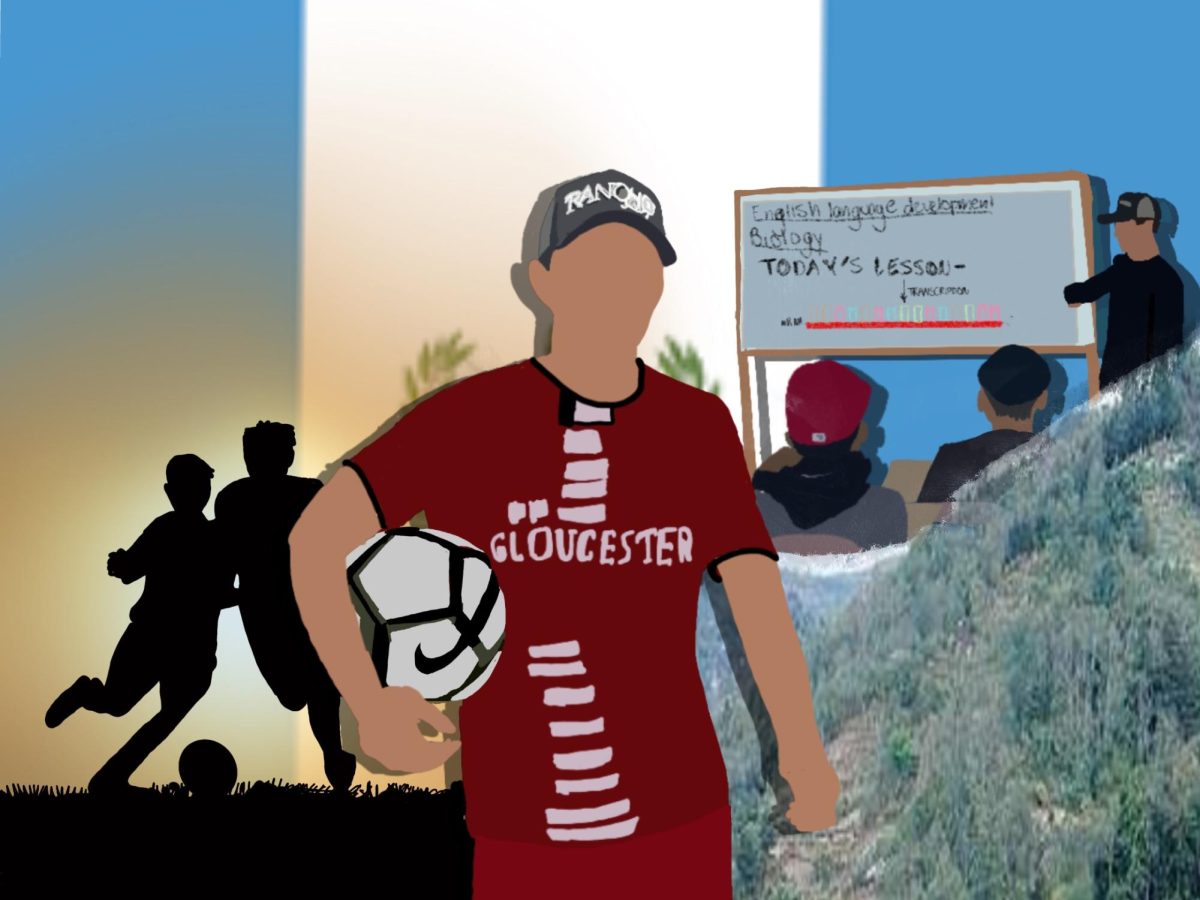



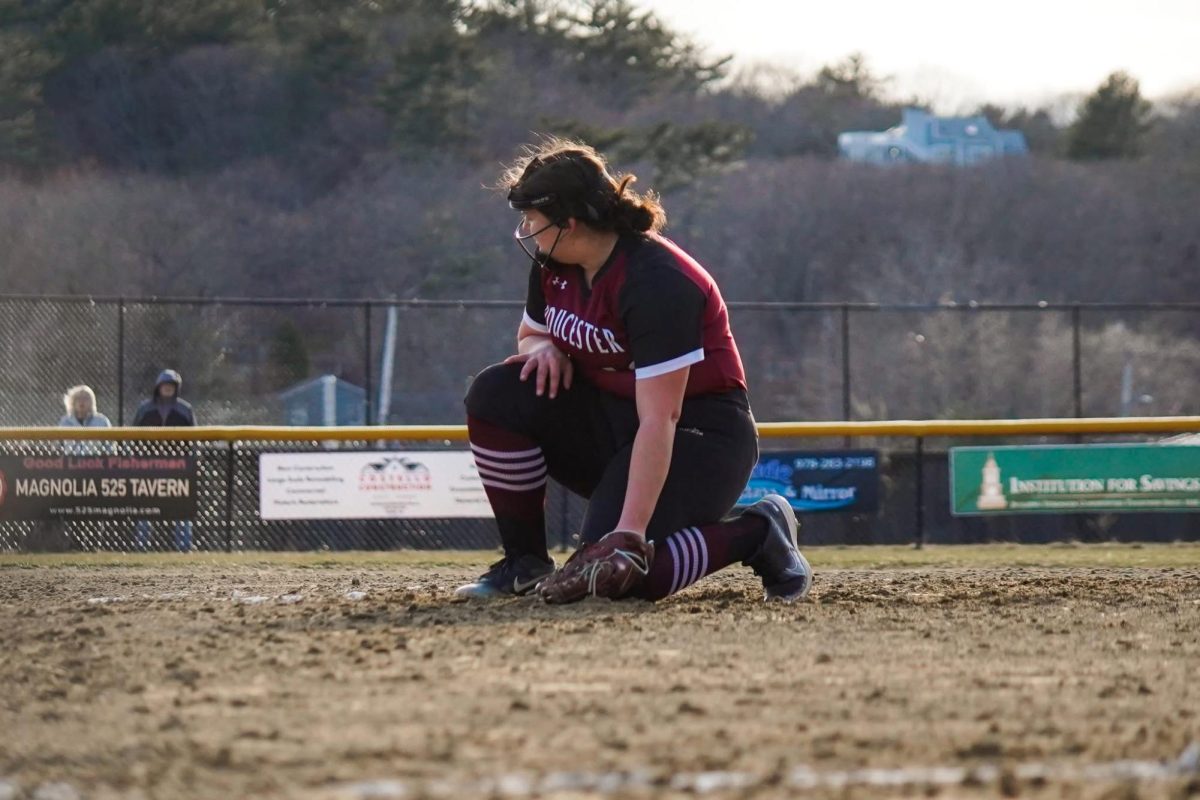


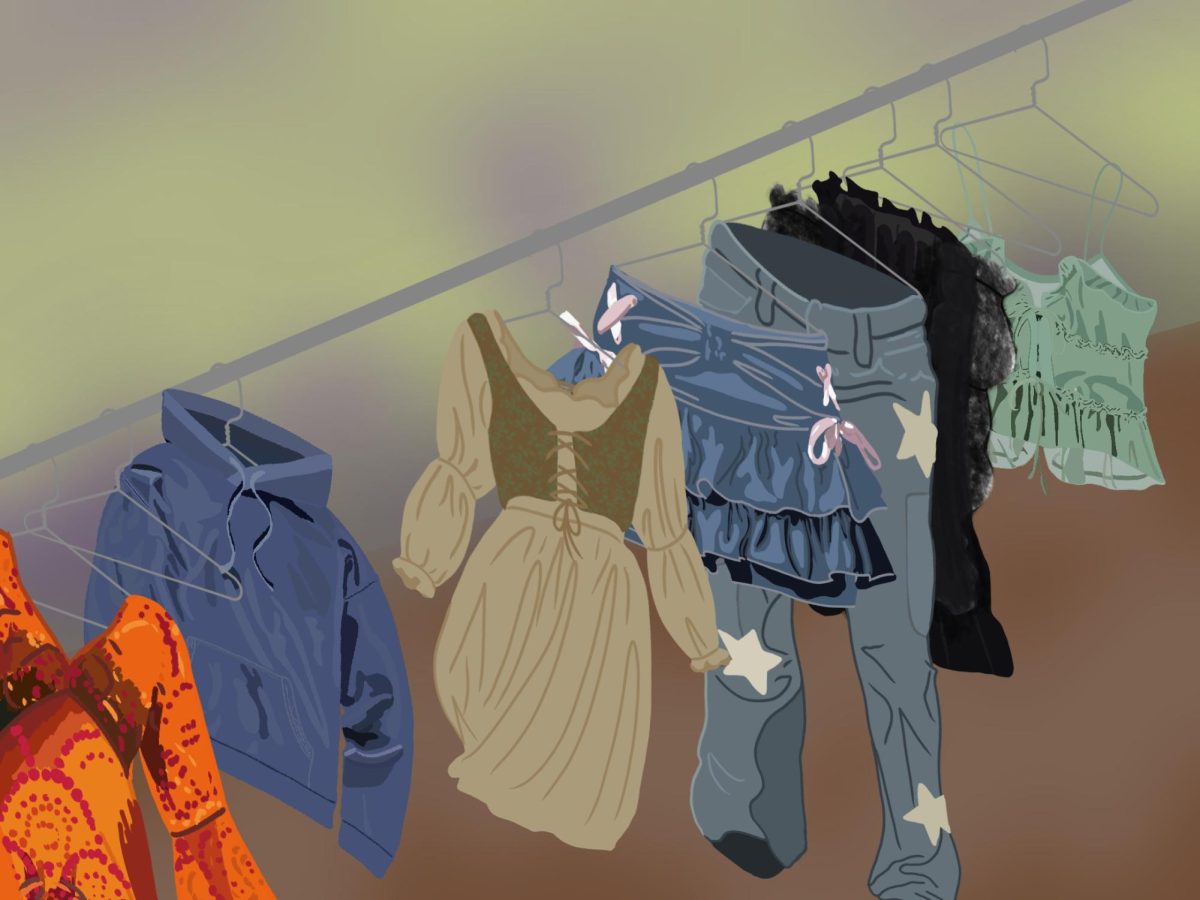








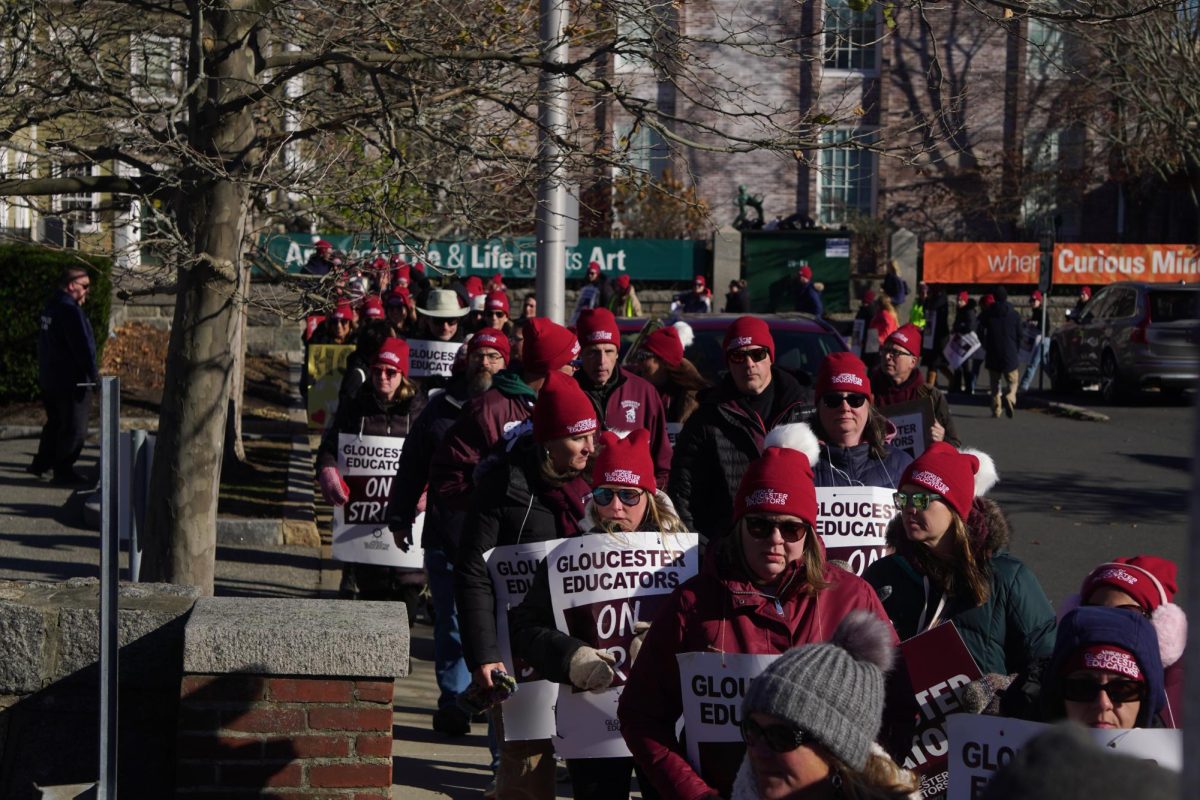




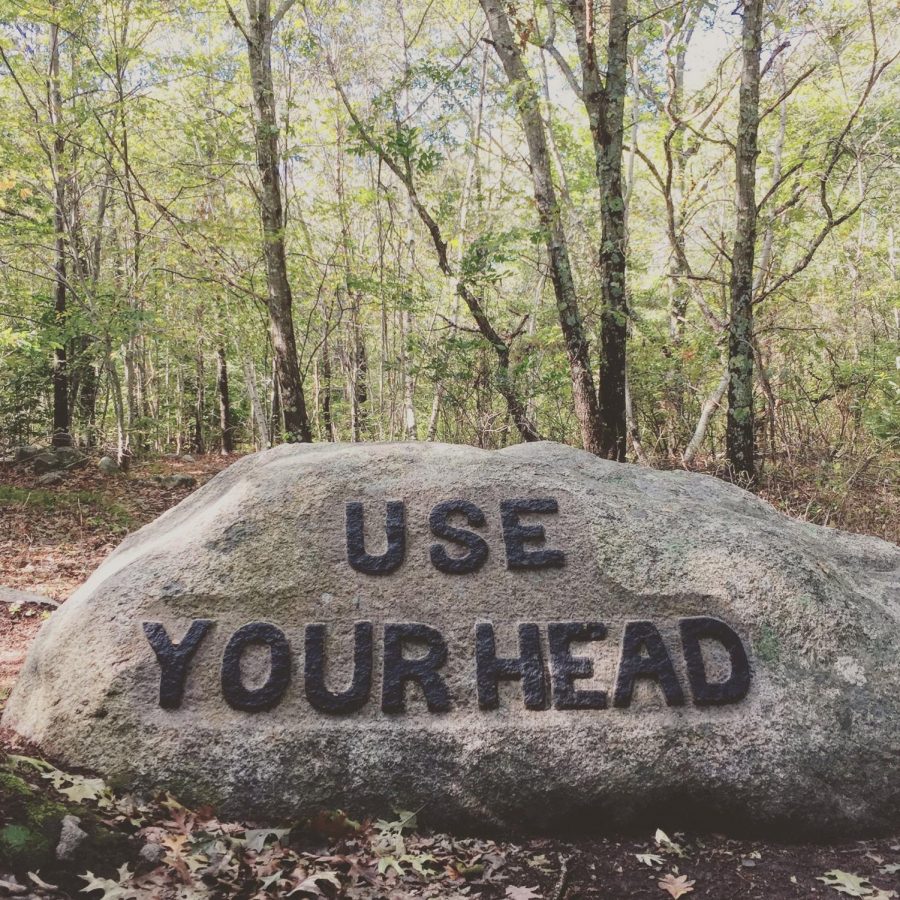


Jack Atkinson • Jan 5, 2020 at 1:17 am
Growing up in Gloucester, Dogtown brings back many memories. When I was five or six years old, my parents would drag me up there to pick blueberries. This was around 1952 or so. Tourists today have it made. Maps? Directions? Insect repellent? You either knew where you were, or you were lost. The mosquitoes would eat you alive.
There was a back way in off “Joppy”.That was the empty spot just past the old glue factory on Eastern Ave. People would ditch old cars there about fifty feet from the road. I went by there about ten years ago, and it was completely grown over. Too bad, as it was the short cut to Whales Jaw.
I left in 1962, and have probably been back for the last time. Keeep writing, as it is enjoyable to read about my old haunts.